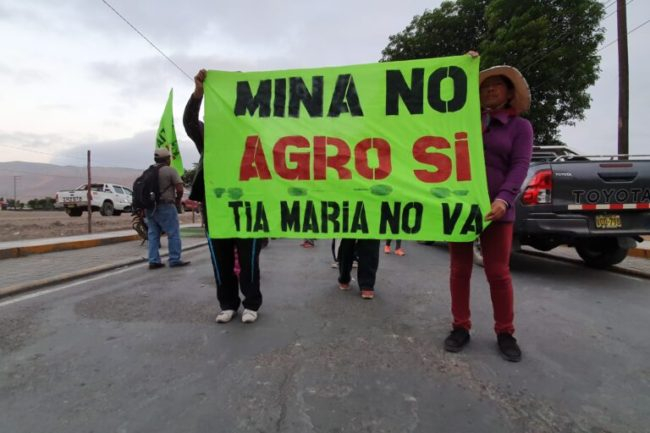
Despite the rejection that Tía María – a project near the Tambo Valley – has had, evidenced in the protests of 2009, 2011 and 2015, in which deaths were also recorded, Minister José Arista pointed out that “Tía María is one of the projects that has all the requirements met.” “The only thing missing is go, but we need some spaces for social license,” he added.
On the one hand, Arista emphasized the price of copper, “US$4 per ounce, a price never seen before,” as a form of incentive for mining activity and the supposed opportunities it would bring. On the other hand, the citizens of the Tambo valley continue to disagree with a project that does not have a social license. Faced with this, the green flags on the roofs of their homes are a way of expressing their rejection.
Tía María: is unblocking the mining project viable?
Likewise, José de Echave, CooperAcción researcher, recalled that Alan García tried it in 2011, Humala approved the environmental impact study (EIA) and Martín Vizcarra admitted the construction license. However, the rejection was even greater.
Miguel Meza, spokesperson for the farmers of the Tambo Valley, stated that it is as if they had lived behind the Government’s back and recalled that Dina Boluarte, when she was a candidate for vice presidency, signed a commitment in which she established that Tía María would not proceed. “In 2009 there was a popular consultation and the rejection was resounding, more than 97%. Unfortunately, a conflict was created that even caused deaths.”he highlighted.
Source: Larepublica
Alia is a professional author and journalist, working at 247 news agency. She writes on various topics from economy news to general interest pieces, providing readers with relevant and informative content. With years of experience, she brings a unique perspective and in-depth analysis to her work.












